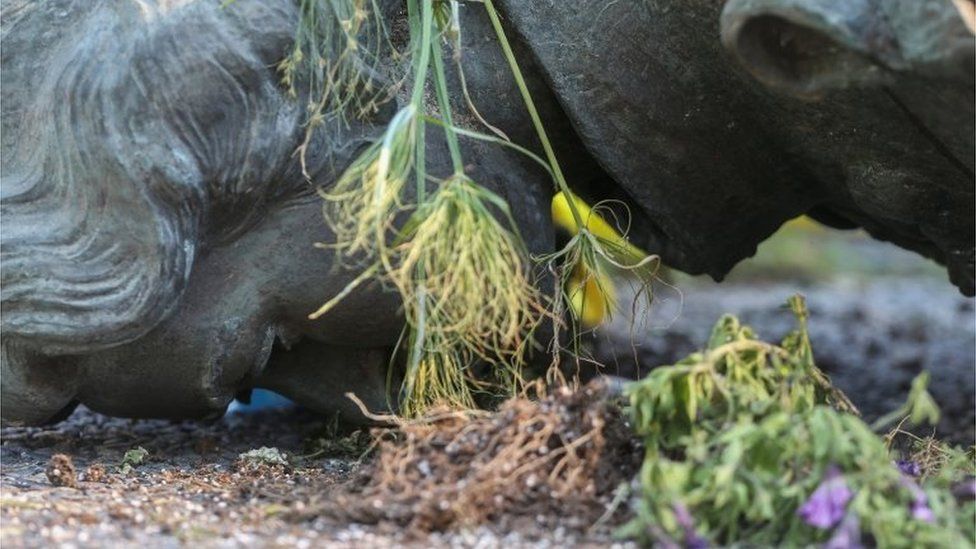Manitoba Premier Brian Pallister is taking flak from native leaders for planning to repair and reinstall the statues of Queen Victoria and Queen Elizabeth II that were pulled down by a mob on Canada Day. Victoria’s head was recovered from the Assiniboine River.
The Assembly of Manitoba Chiefs released this statement:
“To minimize, romanticize and celebrate the settler colonialism that displaced First Nations from their ancient and sacred lands in the most brutal and heinous ways, the way he did in his comments, is unconscionable and a desecration to the graves of the ancestors on which the legislature is built and on which the City of Winnipeg now lies.”
NDP member Nahanni Fontaine, an Indian, added:
“Canada was forged in the blood of our Peoples, on the bodies of our women and children, and in the theft of our lands.”
It is time to look at the actual history.
Not that I can blame the native people too much for not knowing it. Unless they have done a special study, they know no more about the history than the rest of us. They have been fed all the same pop culture. Their genes do not tell them anything. That said, the Indian leaders show a shocking disregard if not contempt here for their fellow Canadians, and a shocking irresponsibility in not taking the trouble to do the research. We all deserve better of them.
The First Nations of Canada have not been displaced from their lands by European settlement. Eighty-nine percent of Canada is Crown Land. Indians retain by treaty the right to hunt and fish on Crown Lands at will. In other words, for the most part, any indigenous person is able to go on using the land just as his ancestors did before Europeans arrived.
On top of the benefits they are getting from the “settler” government—welfare, free medical care, greater economic opportunities and career options of all kinds, and so forth.
Nor were indigenous groups required by the Canadian government to move. That happened in the US, not in Canada. In the treaty negotiations, they chose the location of their reserves.
If they had any ancient land, they get to keep it. But probably no Indian group in Canada is currently on “ancient” land. They were nomadic, and Plains Cree, for example, relocated about every two weeks, fighting with other unrelated groups for hunting and foraging territory as they did. Before the coming of the Canadian government, they could count on being displaced. Only now can they expect to retain any lands indefinitely.
They might have considered some landscape features “sacred,” but would not have owned them, been able to control their use, or happened by them except on rare occasions.
Nor is the Manitoba Legislature or the city of Winnipeg likely to be built on the graves of Indian ancestors. The Plains Indians did not bury their dead in graves, but left the bodies in trees. And moved on, quite possibly never visiting that place again.
Nor was Canada forged in the blood of native people. There were no Indian Wars, nothing justly worthy of that name. There was no theft of lands. In most of Canada, including Manitoba, the local indigenous people negotiated to quit their land claims in return for compensation—not to mention still being able to use the land. And, in effect, having sold it to themselves, as they became Canadian citizens with the same vote as everyone else, and the same right to own land.
It is profoundly wrong to interfere with the right of all Canadians to recognize and commemorate our shared heritage, and to honour our current monarch, the symbol of our nation. Canada has too little history as it is.
But that is not the worst consequence of this strange historical slander. It actually aids and abets genocide going on today, in places like Xinjiang.













No comments:
Post a Comment